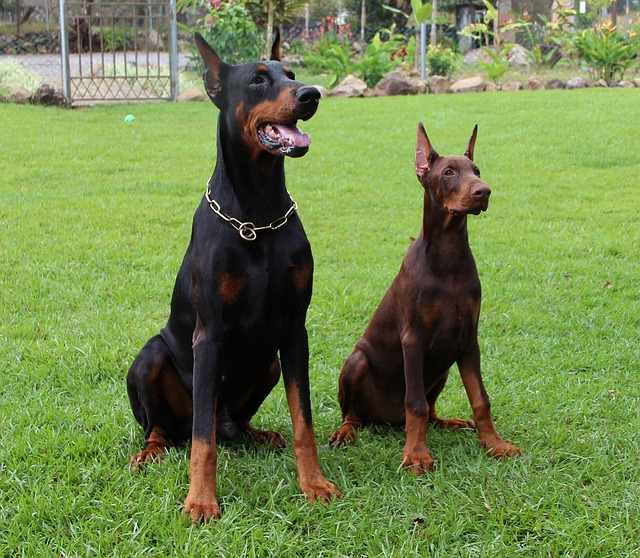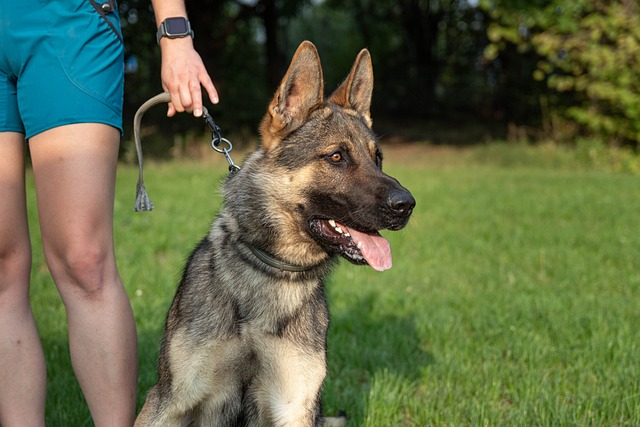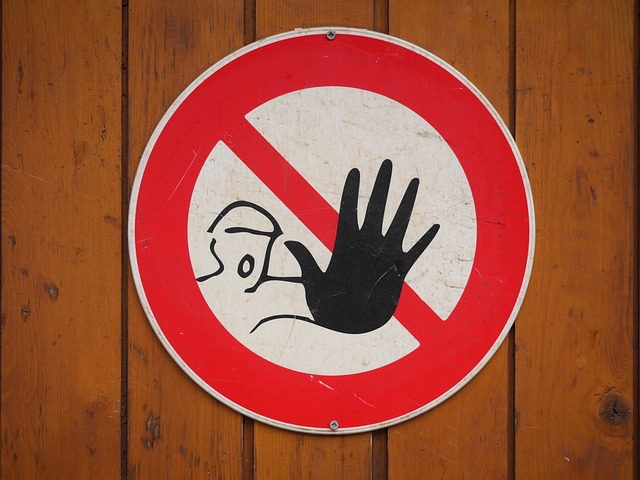The Power of Trust in Dog Training
Last Updated on February 26, 2023

Developing a strong bond of trust between the trainer and dog is a fundamental aspect of successful dog training. This bond enables effective communication and cooperation, essential for reinforcing positive behavior. Without mutual trust, training efforts may fail to produce desired outcomes.
By prioritizing trust-building techniques, you can foster a deep connection with your furry companion, resulting in a more obedient and loving pet. With patience, commitment, and practice, you can embark on an enjoyable journey of learning alongside your canine companion. Let’s explore the key strategies for establishing and maintaining trust in dog training.
Why Trust is Essential in Dog Training

Establishing trust is crucial in dog training for a variety of reasons. Trust creates a sense of safety and comfort for your furry friend and also facilitates a positive learning environment. As social animals, dogs rely on strong relationships, making trust the foundation for a successful training experience.
A strong bond promotes effective communication, making commands more efficient and encouraging positive habits. When trust is established, both the dog and trainer are more open to learning new skills and strengthening their partnership. By building trust from the outset, you create a foundation of mutual respect and understanding that is essential for successful training outcomes.
How to Establish Trust with Your Dog: Tips and Techniques

Spend Quality Time Together
As a dog trainer, it’s important to recognize that building a trusting relationship with your canine clients is crucial for successful training outcomes. One of the best ways to do this is by spending quality time with them and engaging in activities they enjoy.
Going on walks, playing fetch, and snuggling on the couch are all great ways to get to know your furry friend and their unique personality. By fostering a comfortable and positive environment, you’ll be able to establish a foundation of trust that will serve as the backbone for all future training efforts.
Remember, investing time in building a strong relationship with your clients is key to achieving long-term success. Also, protect your business from unforeseen disasters by investing in insurance today. Don’t let a single event ruin all that you have worked hard to build. Check out this biBerk vs Three insurance head-to-head review.
Use Positive Reinforcement
Positive reinforcement is a powerful tool for dog trainers aiming to establish trust with their furry companions. It entails rewarding positive behaviors with treats or toys while ignoring negative ones.
Although training dogs can be challenging, sticking to positive reinforcement methods can be highly effective in the long run. Dogs will quickly learn to associate good behavior with rewards and strengthen their bond with their trainer.
Positive reinforcement creates a training environment built on mutual respect and trust, allowing for effective communication and learning on both sides. By utilizing this approach, trainers can establish a positive relationship with their dogs, leading to obedient and happy pets.
Be Consistent
As a dog trainer, it’s crucial to incorporate consistency into your training approach to build a strong foundation of trust between you and your furry friend. Consistency brings predictability, which can help your dog feel secure and comfortable in their environment.
When your dog feels secure, they are more likely to engage in training, learn commands, and explore their surroundings with confidence. Additionally, consistent commands and rewards help reinforce positive behavior and create a predictable routine for your dog to follow.
By prioritizing consistency in your training methods, you’ll establish a relationship with your dog that is built on trust, respect, and dependability.
Be Patient
It’s important to remember that building trust with your canine client takes time and patience. Each dog has a unique personality and will respond differently to training techniques. Some dogs may be more outgoing, while others may be more reserved and take longer to warm up to you.
When working with a shy or cautious dog, it’s important to go slow and establish trust at the dog’s pace. Take the time to get to know the dog’s individual learning style and personality so that you can create a safe and comfortable learning environment for both the dog and the owner.
By building a foundation of trust and respect, you’ll be setting yourself and your client’s dog up for success in the long run.
The Dangers of Ignoring Trust in Dog Training

Trust is the cornerstone of dog training and ignoring it can not only be detrimental to a dog’s development but can lead to serious and long-standing issues. When a dog does not trust their trainer or owner, they are more likely to exhibit aggressive, fearful, or anxious behavior when faced with unfamiliar situations or commands.
This can pose a risk to both the dog and unwitting bystanders, as these behaviors range from unease to aggression in extreme cases. Subsequently, dog training without first building trust can be an uphill battle which often leaves both dog and trainer feeling defeated and discouraged.
Any dog trainer must build trust and respect between themselves and their dog clients first before beginning any kind of training program. When trust is undermined, so is the dog’s willingness to learn and succeed. Labeling, scolding, or punishing our pets can cause them to become stressed and may lead to a lack of respect for us as their trainers.
If this occurs, the relationship between trainer and pet can be broken, resulting in communication breakdowns that severely compromise successful outcomes from training sessions. Reinstating trust through positive reinforcement and consistency are essential steps for successful pet training.
Cracking the Trust Code
In conclusion, by investing time in building a strong relationship with your furry friend, and incorporating positive reinforcement, consistency, and patience, you’ll establish a foundation of trust that will serve as the backbone for all future training efforts.
When trust is established, both the dog and trainer are more open to learning new skills and strengthening their partnership, resulting in an obedient and happy pet.